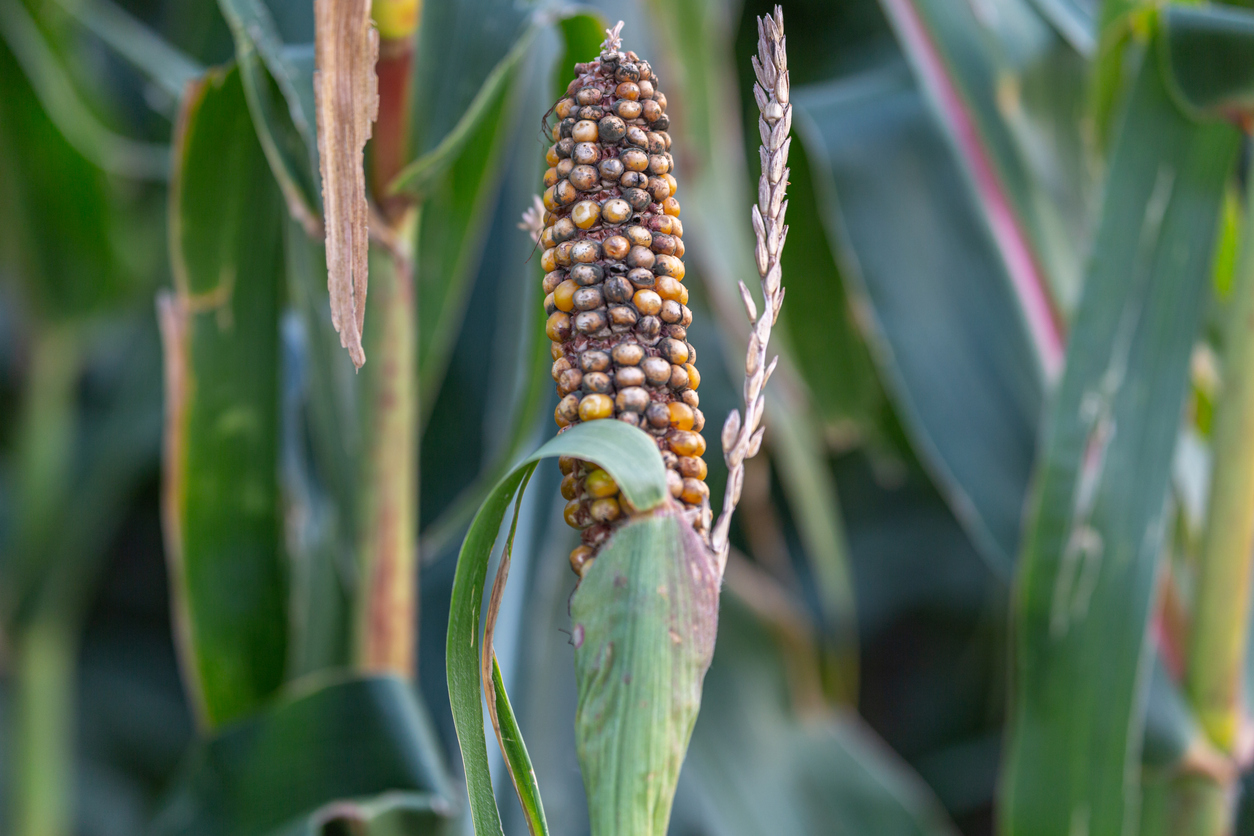Vomitoxin in Corn

As harvest progresses, farmers are finding vomitoxin in their corn. Gibberella (GIB) ear rot is caused by Fusarium graminearum, a fungus that is also called Gibberella zeae. This pathogen infects corn and wheat causing ear rot, stalk rot, and head scab. Corn symptoms include a reddish or pinkish-white mold on the ear tips. This pathogen infects the pollen tubes at pollination and then produces vomitoxin and other toxins as it grows. The pathogen over-winters on plant residue, usually corn stalks/leaves and wheat residue (straw and chaff). GIB ear rot is most prevalent when cool wet weather occurs for about 21 days after silking. Fields most susceptible are corn after corn or corn after wheat, especially if the wheat was infected with Fusarium head scab. Corn that is stressed from lack of nutrients, by insects, or other types of plant stress (soil compaction, poor soil health) tend to have higher levels of GIB ear rot. Nutrient stress may come from nitrogen (N), phosphorus (P), and po